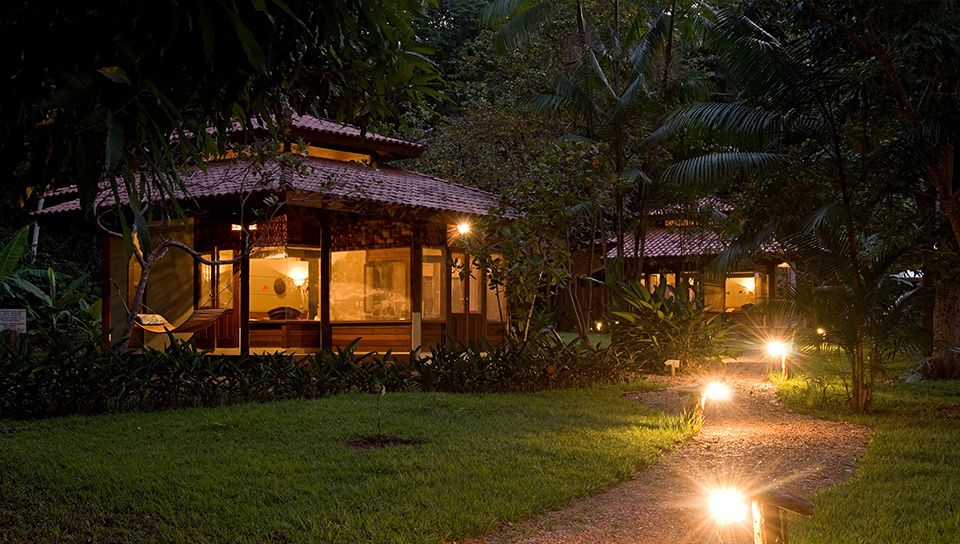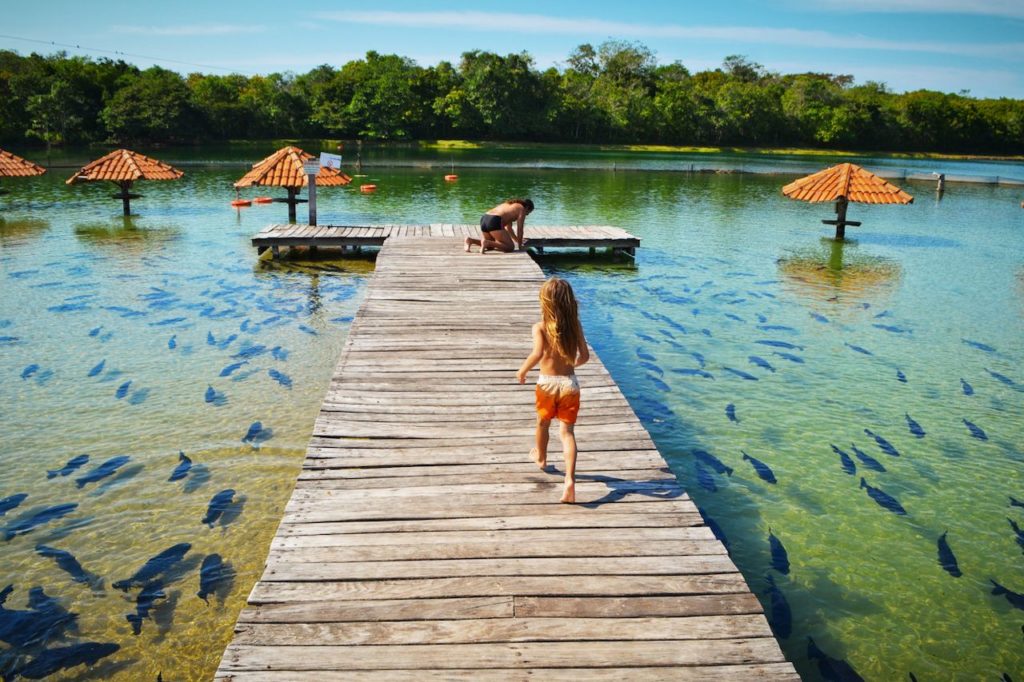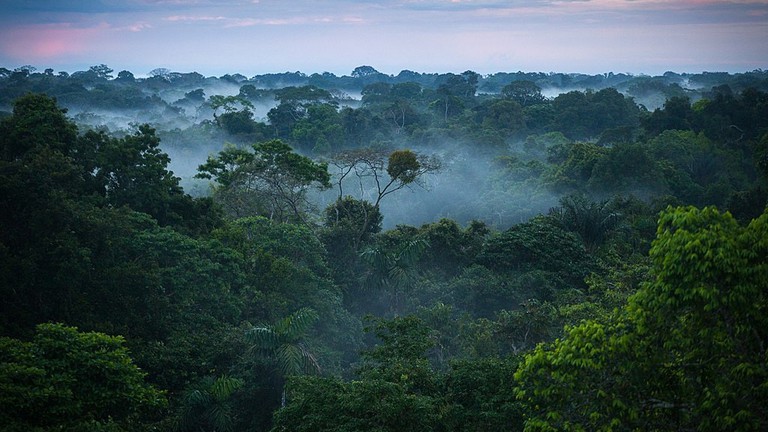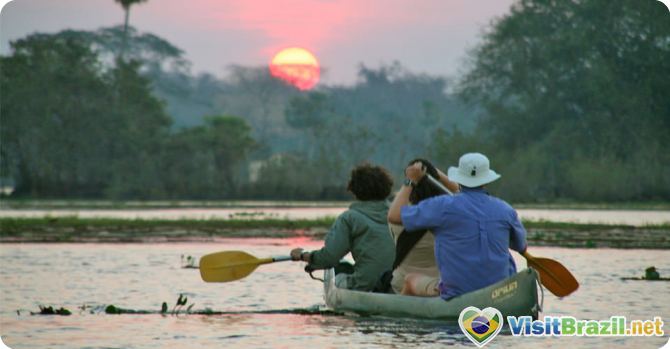Home to a diverse array of ecosystems, Brazil’s unique landscape has enthralled adventurers for centuries. Areas such as the Amazon jungle and the Pantanal have been attracting visitors eager to see the natural habitats of both the indigenous people and the local flora and fauna. With such a wealth of natural wonders, 21st century Brazil is finding many opportunities to present itself as an ecotourism destination, with efforts being made on both a local and national level to create quality standards for both ecotourism and sustainable tourism.
When we think of Brazil, images of the Amazon come to mind. The largest and most intact rainforest in the world, the magnificent Amazon covers an area of over 5 million square kilometres, 60% of which lies in Brazilian territory. But there is more to natural Brazil than the Amazon. It’s also home to 60% of the Pantanal, the largest wetlands in the world covering an estimated 240,000 square kilometres; the Atlantic Forest, otherwise known as the Forgotten Rainforest of Brazil since less than 10% of the original forest remains; Cerrado, the Magical Brazilian Heartland covering an area as large as the whole of Western Europe and Caatinga, the Ancient Badlands of North Eastern Brazil, an area of mainly thorny bushes, scrubland and the contorted caatinga trees.
Eco-tourism Resorts
Since the beginning of the 21st century the Ministry of Tourism has been working hand in hand with organisations representing both tourism and trade to put in a program in place which will improve the competitiveness of the Brazilian tourism industry not only by investing but also by concentrating on quality and sustainability. They have also pioneered a new initiative in ‘Adventure Tourism’ Certification, which aims to encourage safe and responsible adventure tourism operations and a ‘Blue Flag’ system for their beaches. In recent years several eco-tourism resorts such as the Cristalino Jungle Lodge in the Southern Amazon, the Uakari Floating Lodge in the Amazon Basin at Mamirauá, Prainha do Canto Verde in Northwest Brazil and Pousada Caiman in Pantanal have received awards for sustainable tourism.

Cristalino Jungle Lodge in Alta Floresta has been particularly successful mainly due to the hard work of owner Vitória da Riva Carvalho. Back in the 1970’s she purchased 800,000 hectares of rainforest to pursue her dream of creating an ecological reserve and despite encountering much resistance from the local population, she managed to turn this former wasteland into a magical and flourishing haven for ecotourism which now offers travellers the chance to experience one of the world’s most pristine rainforests for themselves.
Many different ecosystems are encompassed in the area surrounding Cristalino Lodge and visitors to the 12,000 hectare reserve are taken on guided tours and introduced to a range of activities where they can see the flora and fauna first hand. There’s over 22 miles of hiking trails, bird watching opportunities, 50 meter high observation towers and the chance to canoe down the Amazon. In order to maintain a small footprint the number of people in each group is limited to a maximum of eight, so every guest is also assured of receiving individual attention from the knowledgeable and passionate guides.
In line with Vitória’s original vision, the Lodge is totally committed to conserving the natural resources and biodiversity of the area. In addition to incorporating a range of sustainable practices into the day to day running of the Lodge, such as the composting of organic materials and use of solar water heating systems, they also provide environmental education, carry out scientific research programs and organise responsible ecotourism activities.
Tropical Town Bonito

Almost 300 kilometres away from Campo Grande lies the tropical town Bonito. Bonito is working hard to make sure that tourism is integrated into the natural environment in a manner which will encourage sustainability and conservation rather than being a drain on the natural resources.
Surrounded by crystal clear lakes, waterfalls and rivers it’s the perfect place for all kinds of outdoor activities. Due to the amount of limestone in the region, which acts as a natural water filter, the lakes and streams are so clear that it’s renowned as one of the best places in Brazil to go diving and snorkelling. Right in the middle of the ‘Cerrado, Bonito has one of the most biologically diverse ecosystems in the country although, as much of the land is privately owned, it’s only usually accessible by taking an organised ‘Bonito Tour’. As part of the tour you can visit places such as the stunning underground lakes of Gruto do Lago Azul with the confidence that, due to model of ecotourism employed here, the risk to the environment has been minimised and is being constantly monitored.
With so many wonderful places to explore in Brazil, this new found emphasis on ecotourism and sustainability will go a long way to ensuring that these magnificent areas remain as unspoilt as possible for many years to come.


